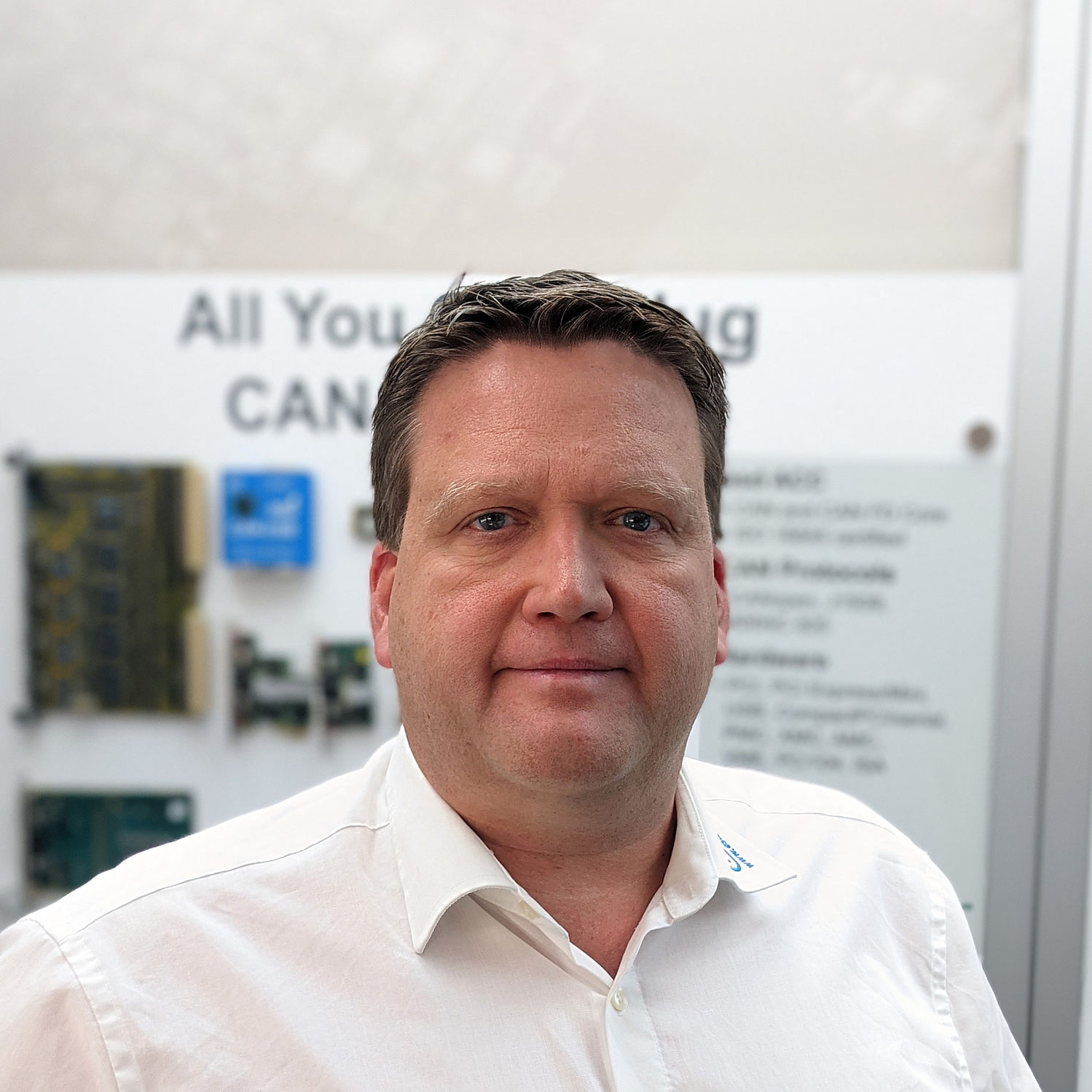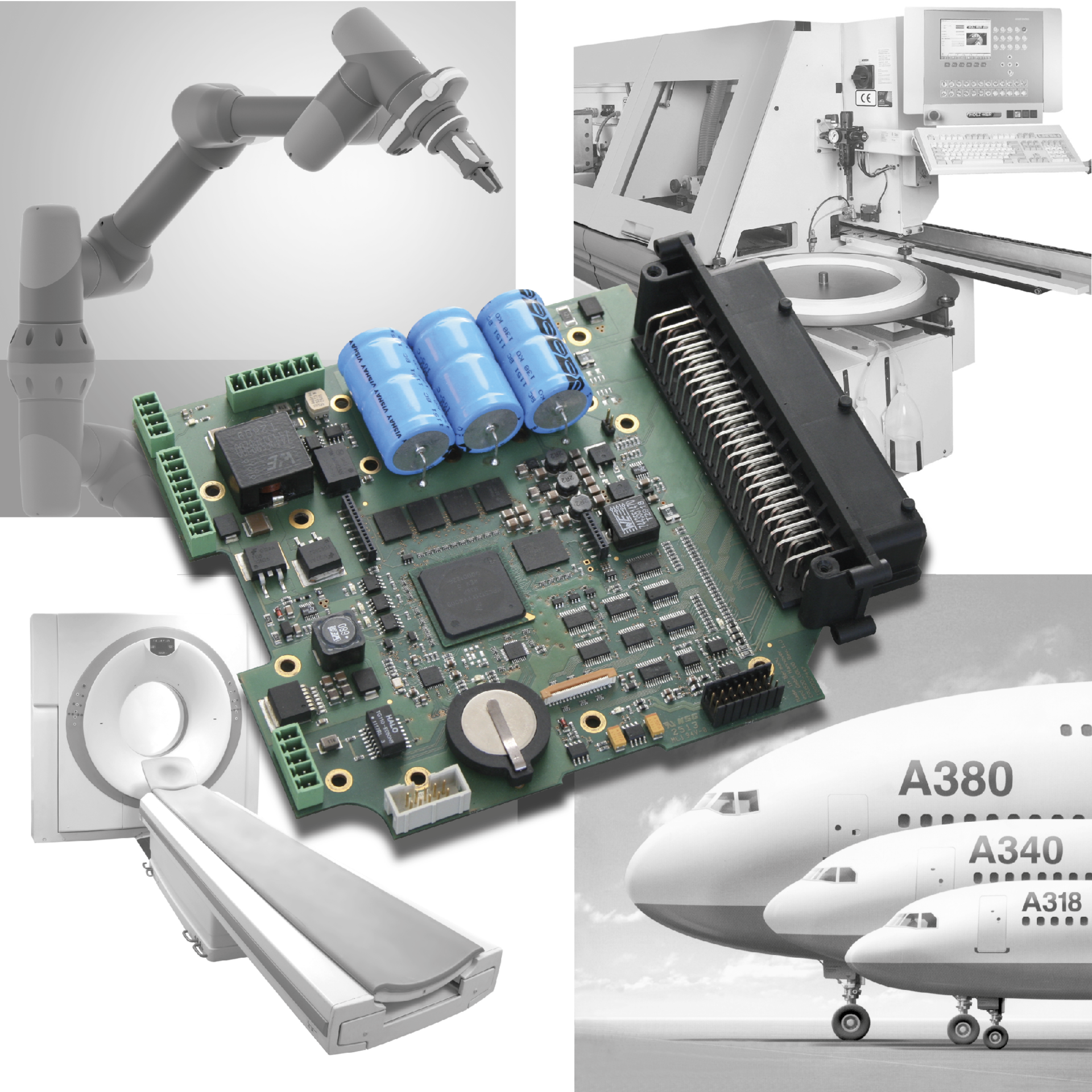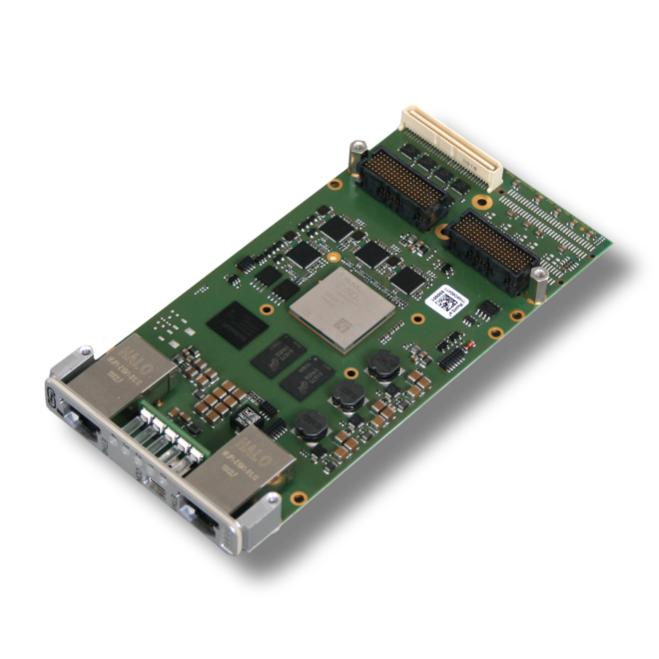Intel computer for marine application
Short development time with standard modules
A CAN bus controller with four channels was the starting point for a custom-specific development for a military enterprise. Initially, the company had been seeking a single-board-computer for an existing VPX system requiring a variety of interfaces. Starting from there esd electronics from Hanover developed a customized Embedded PC based on its own components as well as on operation-proven third-party components such as a CPU module with Intel Atom processor.
In search of a single-board-computer for an existing 3 U VPX system, requiring four CAN bus channels and other performance features, a military company from Northern Germany became aware of the 4-channeled PCI/CAN board from esd electronics. In addition to the CAN interfaces the application demanded the following features: a serial interface, an Ethernet interface and a USB-Host interface as well as digital inputs and outputs according to the customer’s own specification. Moreover, the CPU board was to be operated without a fan at surrounding temperatures of -20 to +85 °C.
Proven components offer security
esd offered to develop a customer-specific board using its own CAN core (esdACC). One of the crucial aspects of this development was the requirement of booting the real-time PC system with Intel Atom processor in less than ten seconds. In order to prove that the selected combination of processor and operating system would meet this time requirement the Hanover-based company carried out a preliminary study by means of an evaluation board. Having performed successful test series esd electronics received the order for developing the CPU module. The prototypes had such a high level of quality that they advanced to pilot production. This was possible because esd electronics had relied on the proven-in-use CPU module with Intel Atom processor as well as the tried and tested esdACC.
In order to safely divert the heat at ambient temperatures of +85°C esd developed a flat cooling element for the board which was connected mechanically and thermally via retainers to the conduction cooled chassis. As a result, a customized CPU system emerged which received its function through the customer’s own user programs and could be used in different configurations.
After the final testing according to the agreed specification, the customer was able to integrate the board into his system without any problems.
Conclusion
By choosing this approach the customer saved time and manpower leaving room for the employees to dedicate themselves to application-relevant tasks. With the help of proven components and a comprehensive know-how esd electronics succeeded in developing a customized CPU base board within the pre-determined short period of time. During this development the pilot lot immediately achieved series quality, so there was no need for redesign.
Internal or external Development?
When developing new projects or expanding existing systems, many companies rely on their own experienced development teams. If, however, new technologies are being introduced, companies often seek cooperation with experienced external service providers to minimize timing and financial risks. If these providers already have gained experience in the integration of the new technology and have overcome its technical start-up problems, this superior knowledge can be used profitably for one’s own projects.
Referring to external know-how cannot only be useful for innovative development but may also be worthwhile for modification or upgrade of existing systems. The flexibility of a qualified team of engineers who make developments with the latest technologies on a daily basis and who are able to deliver complex prototypes within three to four months, can optimize the runtime of one’s own projects considerably. Moreover, if it is possible to use the service provider’s proven standard components, this will reduce the company’s own development costs even further.
Also, there are many advantages of outsourcing the development of complete systems from hardware to software support right down to housing design and support for certifications and type examinations. Taking system responsibility including technical support and preserving long-term availability can be transferred to the service provider.
Download the complete case study as PDF (German only)
-
Reducing development time with standard components Full user case "Reducing development time with standard components" 2 MB






